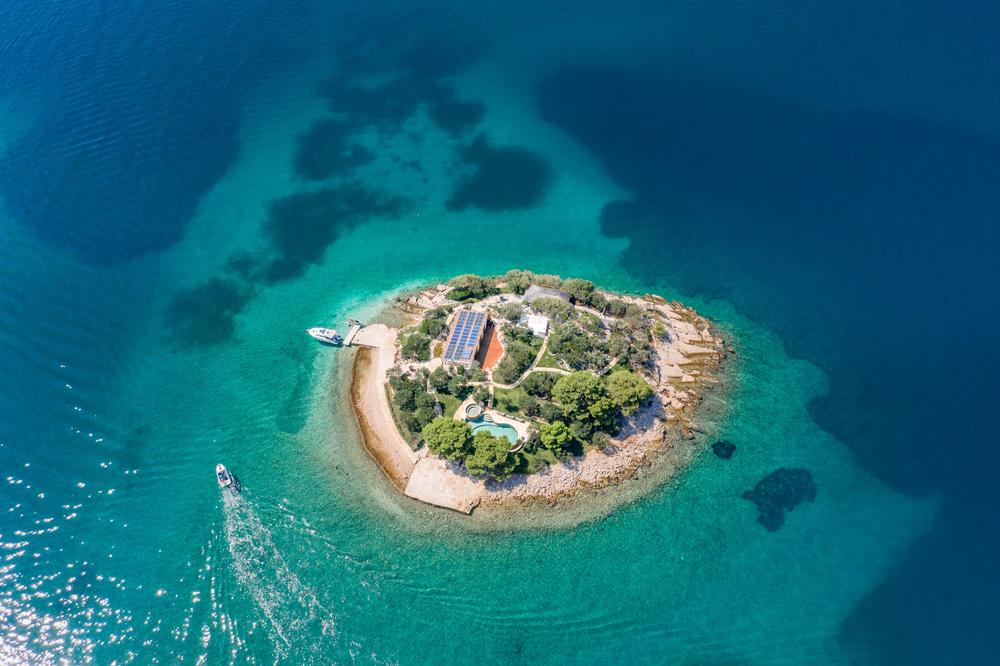When it comes time to get away from it all, many people think of a boat. But even an 80-foot motor yacht can seem cramped after a few weeks aboard. Perhaps an island is the solution, and happily, buying your own island is easy when you know where to look and what to look for.
The first step is to determine why you want an island. The answers range from bragging rights, such as, “I’ll be spending the weekend on my island,” to a desire to create a five-star resort such as Richard Branson’s Necker Island in the British Virgin Islands. Other reasons include using the island as a private campsite, a vacation home, or your primary residence.






